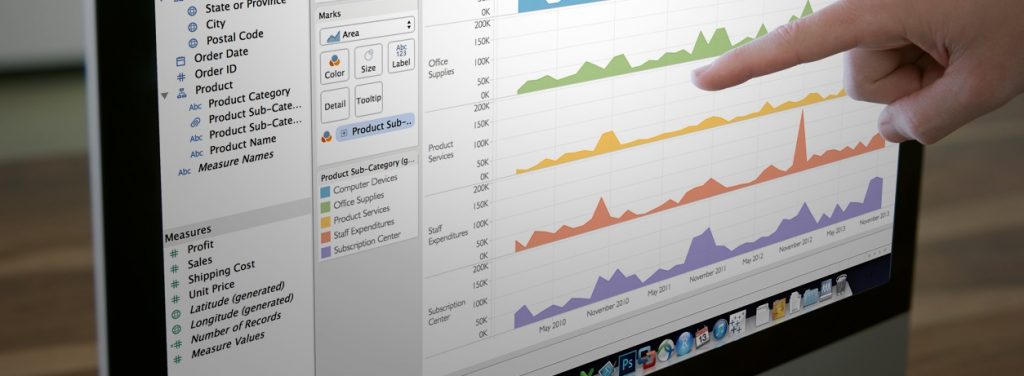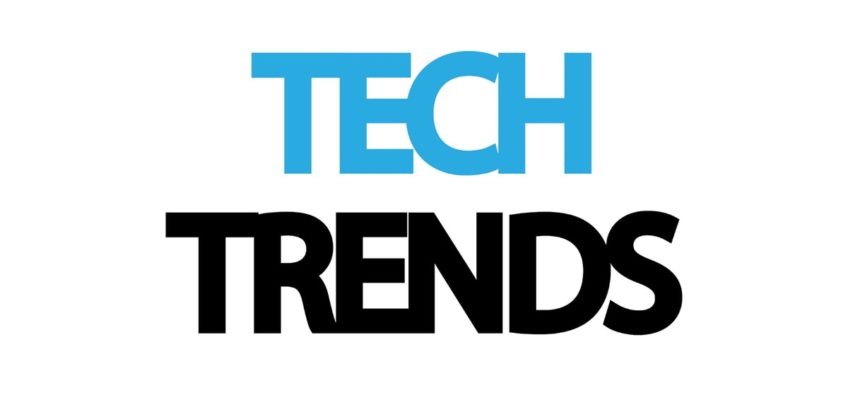In data – like many things in life – what counts is not what you have, but what you do with it.
Employing a data analytics culture is the first step to creating value from data Share on XBy 2020 the world will generate 50 times the amount of data as it did in 2011. But while all this information provides huge opportunities, it is meaningless unless you can use it to make informed decisions. I caught up with James Eiloart from Tableau Software, which makes software that translates these gigantic datasets into meaningful insights for businesses.

Eiloart told me that companies in the private sector would do well to follow some of the approaches to data adopted by schools and universities.
“Several of today’s leading public institutions are implementing data strategies that can teach even the largest, most commercially-minded organisations a few lessons. For example, using visual analytics platforms to gather important insights into student attrition, growth rates and performance.
Here are three approaches to data analytics that he found are making a difference at schools and universities and could perhaps be adapted to other sectors:

Predicting student problems before they escalate
Private sector would do well to follow some data approaches adopted by schools and universities. Share on XLeague tables are an important metric for assessing school performance. But what they cannot measure are the more intangible elements of the school environment. Specifically, there is an increasing focus on student well-being, particularly as today’s students report high levels of stress and mental health issues. Such factors could be taken into account using data to give parents and local authorities a more holistic view of overall performance and student retention rates.
At Spokane School District in Washington State (US), a large school of nearly 30,000 students with a higher level of poverty than the state average, administrators wanted to see if they could explain why some students were dropping out of school early and whether they could do a better job reading the early warning signs.
By analysing their data, the school discovered a series of tipping points – changes in the student environment that tended to trigger disengagement. “We learned that transitions are critical for kids,” says Steven Gering, Chief Academic Officer. “For example, when kids transition up to the middle school… about 20 percent of our dropouts start showing warning signs. They start having behavior problems or discipline problems or their test scores start dropping. At the transition to high school, about 40 percent of our kids start exhibiting some warning signs that we’d never seen before. Some of our data visualisations are helping catch kids fast and intervene.”
Harnessing the power of data with visual analytics, the Spokane School District is able to develop a better understanding of what is happening in their schools and why, giving administrators the power to provide support and guidance to students when it matters most.
Visualising data to manage growth
The University of Texas found that by visualizing their data, they could identify high-spend buildings Share on XIn the same way that unpredictable growth can be a challenge for businesses, fast growth rates can put a strain on university infrastructure and budgets. With over 50,000 students and 3,000 faculty members, the University of Texas, Austin is a huge organisation, and demand for places is growing. To manage this growth, the university’s operations team uses self-service analytics to track growth and its impact on areas such as human resources, the physical environment, and the university’s finances.
The University found that by visualizing their data, they could identify “high-spend” buildings, and hone in on worrying outliers across the campus. Capturing this data for analysis, the operations team was able to find valuable efficiencies across the organisation and eventually discover a rare trend: steady expansion accompanied by shrinking budgets.
The journey to data centricity
Employing a data analytics culture is the first step to creating value from data. It can seem daunting to many. In order to make informed decisions and uncover insights into areas like operations, human resources or stakeholder engagement, building a culture around data – where data is at the center of all conversations and decisions are driven by fact rather than gut-feel – is a first and critical step.
While university administrators drive a data-centric culture across the campus, students are discovering the importance of visualizing data to enrich their learning experience. At the University of Washington, data analytics is used in multiple departments across the institution.
“Our goal is a cultural change around data, where people are able to access the data quickly, ask advanced questions, explore, tell stories and derive insights,” says Anja Canfield-Budde, Director, Enterprise Data and Analytics, UW Information Technology. Administrators currently assess academic data, including major enrollments, student credit hours, degrees awarded and student progress. The team is looking to add budgets, revenue and expenditures, undergraduate applications and admissions data in future.
Just as in the private sector, schools and universities today face increased pressure to find efficiencies, amidst growth and budget constraints. The use of data analytics means that teachers and administrators have a more holistic view of how students and the wider institution are performing.
Data enables teachers and administrators to have a more holistic view of students and the wider institutions Share on X










